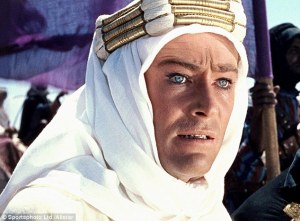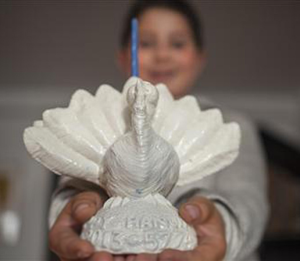Southerners believe that eating black-eyed peas on New Year’s Day brings prosperity. This is the same reason that Italians eat lentils on New Years. Mexicans eat twelve grapes at midnight on New Year’s Eve. Eating one grape for each bell brings good luck and good health for the ensuing twelve months. At Jewish New Years participants eat apples with honey to ensure a sweet new year.

The Chinese display tangerines for good fortune based on the golden color of the fruit. They give red envelopes with money inside to unmarried children and set off firecrackers to frighten away the evil spirits. Similarly the Japanese shoot two arrows into the air on New Year’s Day to scare away the evil spirits that might be lurking in the heavens.

An underlying belief is that acting in a particular way on New Year’s Eve or New Year’s Day predicts what will happen in the new year. I had a student newly-arrived from China whose family was crushed when they found a flyer in their mailbox from a local funeral home on the first day of the Lunar New Year. They worried all year that someone in their family might die. Fortunately, that did not happen.
The Vietnamese believe that the first person to enter the house after Midnight on New Year’s Eve is an omen of what will happen for the rest of the twelve months. Thus many arrange for a successful man to be the first foot over the threshold. Imagine the dismay of both parties when a Latina divorced woman arrived at her Vietnamese neighbor’s door with flowers before the invited successful male arrived. Grandmother slammed the door in her face, and the generous neighbor was devastated as well as confused. Beliefs in the First Foot are also prevalent in the British Isles, and Daniel Summerbell, my English great-nephew, was once recruited for that job.
What sometimes confuses us is that the New Year occurs on different dates according to different calendars. One April, my niece, Susan Dresser who taught elementary school in Sacramento, CA, was dismayed when a few ordinarily compliant students began throwing water at her. Susan was about to discipline the children until an aide advised that it was Cambodian New Year and throwing water at people was a custom to spread good luck.
What will you do to bring good luck in 2014? Will you drink champagne? Blow horns? Kiss someone you love? Make resolutions?

Happy New Year to all!
Norine Dresser is a folklorist who drinks champagne on New Year’s Eve, sings “Auld Lang Syne” but doesn’t make resolutions.



